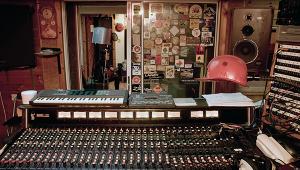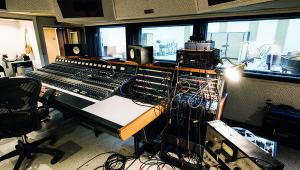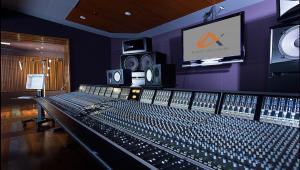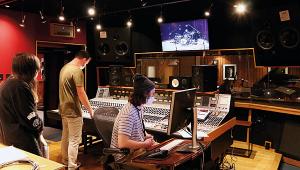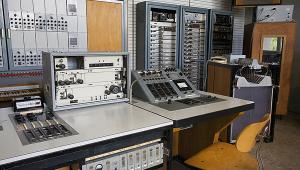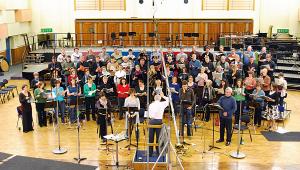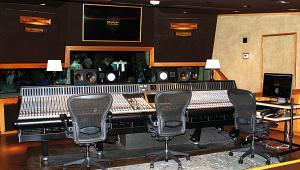United Sound Systems
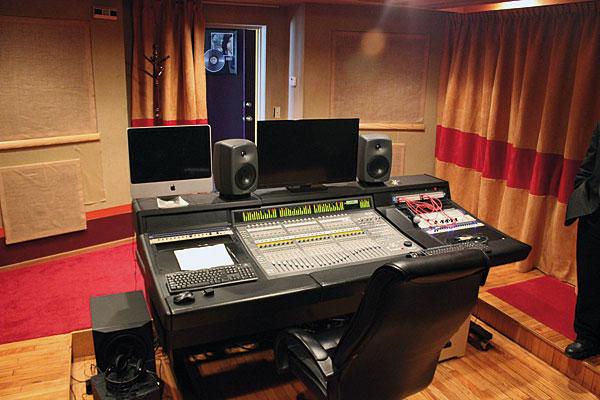
There will be plenty of time to talk about Death in a moment. Right now, though, just you concentrate on ramming that speaker deep down in the toilet bowl and make sure the microphone is firmly propped underneath so the sound will bounce off the water and create an echo effect when it's sent back to the other speaker in the studio next door. Oh, and while you're at it, see that wooden pallet underneath the chair? Make sure it's mic'ed up because the foot-stomp is gonna drive the beat.
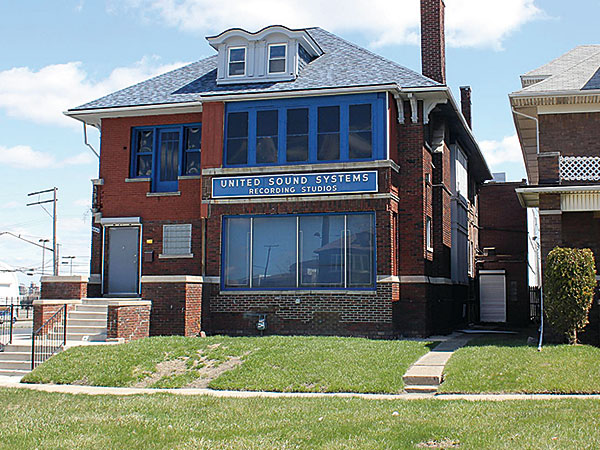
The fellow we're working for is Bernard Besman, a Russian-born Jewish record producer now based in Detroit who is keen on recording a blues artist he's discovered who has a uniquely percussive style and a voice carved from granite. John Lee Hooker's his name and Besman has persuaded him to leave his band at home and come into the studio solo. When he arrives, Besman discovers that Hooker's guitar – an old Stella – needs to be amplified, so we set to it and the third take's the charm.

It's A Rap
The song's called 'Boogie Chillen'' and Besman, who owns his own record company, Sensation, decides to market the track through Modern Records in Los Angeles. They release it nationally on the 3rd of November 1948 and it is, as they say, an instant smash. So much so that the WLAC radio station out of Nashville, which serves 15 states and reaches as far north as Canada, plays it ten times in a row when it first receives it. By the start of '49 it's in the Billboard R&B chart, where it remains for 18 weeks, reaching No 1 in February.
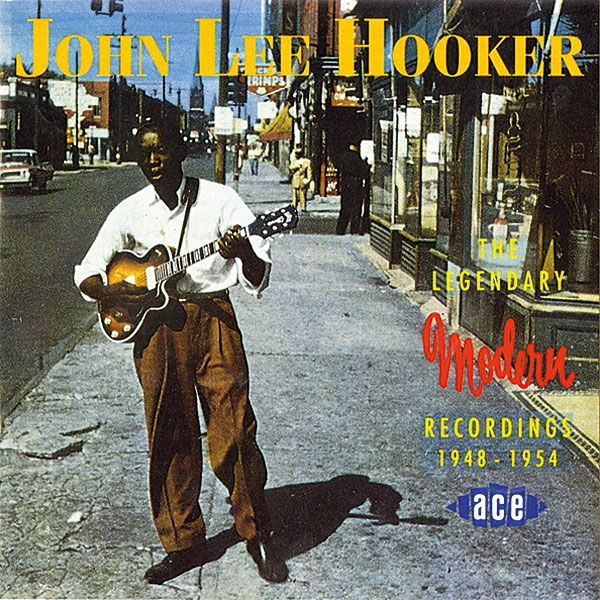
Autobiographical, half-spoken, half-sung, 'Boogie Chillen'' not only puts Hooker on the map, enabling him to quit his factory job and kickstart an illustrious career, it is also so simple to pick up that it spawns tons of creditable covers and, reverberating down the years, can be heard echoing through such hits as Canned Heat's 'On The Road Again', Norman Greenbaum's 'Spirit In The Sky' and ZZ Top's 'La Grange'.
While many cite the Ike Turner 1951 disc 'Rocket 88' as the first rock 'n' roll record, 'Boogie Chillen'' could also make that claim, plus it is unquestionably one of the earliest examples of recorded rap.
Snap, Crackle 'n' Pop
The venue for this historic recording was United Sound Systems, which tends to be overlooked in Detroit musical folklore, largely due to the fact that the city also boasts the much more famous Hitsville USA, Motown Records' studio [HFN May '22]. USS, however, predates that organisation by a good number of years and even played a key role in its founding. Exactly how many years, though, it's hard to establish. There's conjecture that there was some sort of recording facility affiliated to USS established back in the early 1930s at 5051 Cass Avenue where its founder lived, but details are sketchy at best.
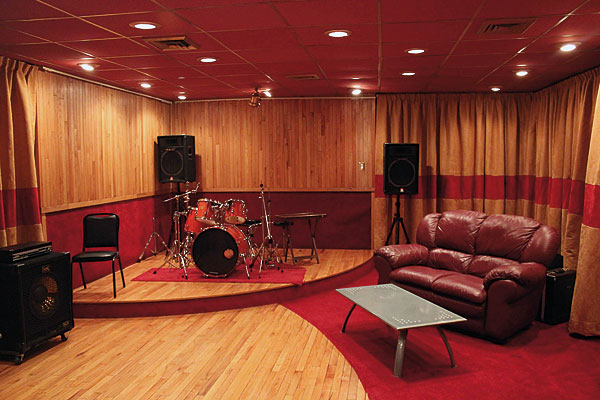
What we do know for sure is that by the start of the '40s an Italian-American violinist and sound engineer called James Siracuse had a studio up and running at 5840 Second Avenue offering recording, transcription and production services for radio programmes, record companies, musicians, singers and private citizens. For the first few years, the studio mostly survived on making advertising jingles for local businesses such as Kellogg's, and TV shows like Soupy Sales and Milton The Clown.
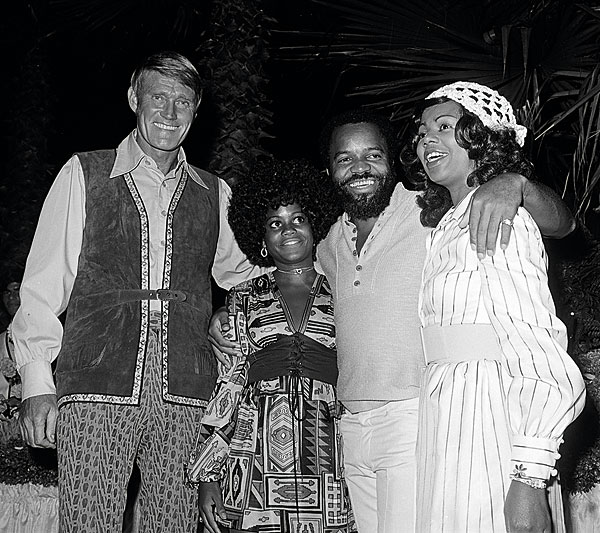
In 1946 pioneering DJ Bill Randle's internationally broadcast Inter-Racial Goodwill Programme was recorded there. The 21-year-old Randle was a white guy who ran a jazz club and played Black music on the WJLB-AM radio station Monday through Friday for four years. 'I did anything I could to subvert the system', he once said. 'I was playing Black music to say to the white establishment, "F*** You!".'
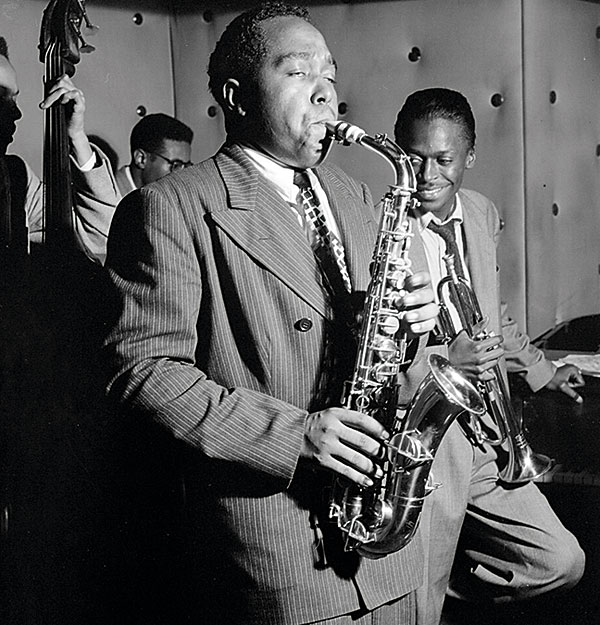
In December 1947 jazz sax wizard Charlie Parker was at USS with his band, which featured a young Miles Davis on trumpet, recording one of his signature tunes, 'Bluebird', among a few others. The studio was then enlarged in 1956 to accommodate orchestras and motion picture production. The Motown connection occurred in 1958 when an aspiring entrepreneur called Berry Gordy, fresh off Ford's Lincoln-Mercury automobile assembly line, decided to try his hand in the music industry.
